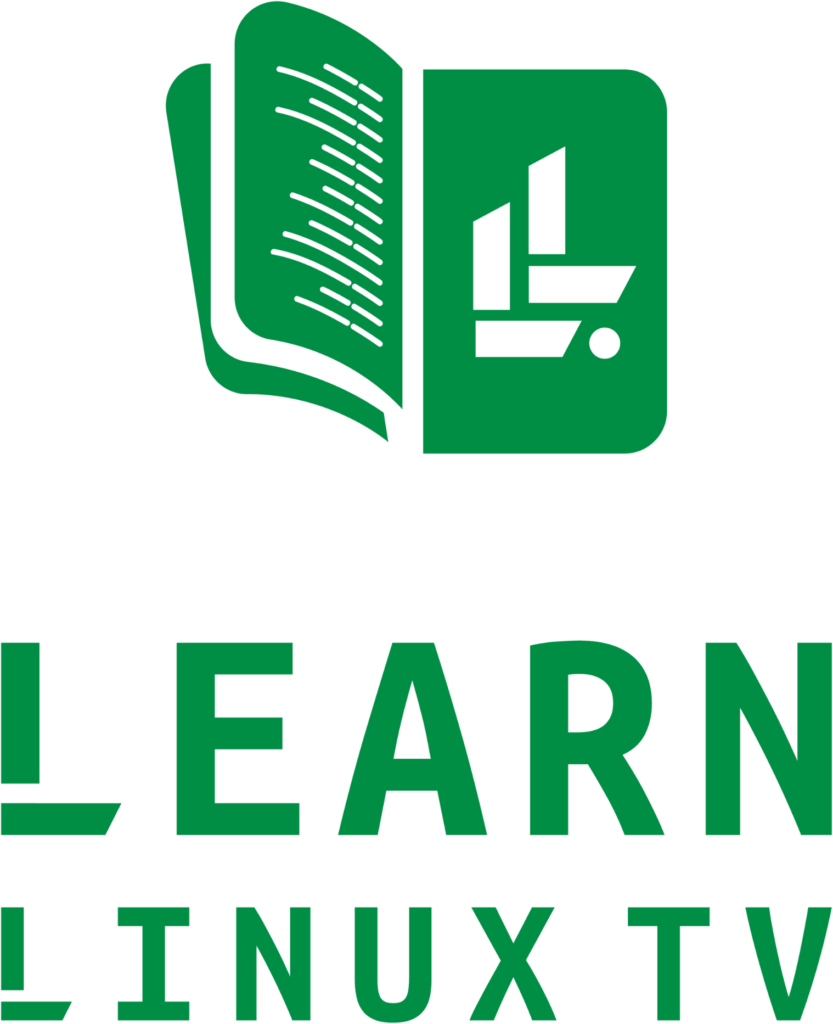-
Awesome Linux Tools – Cockpit
Having a dashboard installed on your Linux server can be a great way of enhancing remote management capabilities, as well as getting an overview of its resource usage. In this video, I’ll show you Cockpit which is an awesome management system you can install very easily.
-
A Linux PC in the palm of your hand! The Pantera Pico PC from XDO
In this video, Jay provides a quick review of the Pico PC from XDO, which is the smallest Linux PC that’s ever been reviewed on the channel. The Pico PC claims to be ultra quiet and fully compatible with Linux. Check out this review and find out if the Pico PC lives up to its claims.
-
Linux Crash Course – sudo
When you need to run Linux commands with elevated privileges, sudo is the tried and true method to run commands as another user (such as root). In this introductory tutorial, we’ll take a look at some of the inner-workings of sudo.
-
Enterprise Linux Security Episode 17 – Polkit & LUKS CVE’s
The New Year is just beginning, and we already have a few important CVE’s to discuss, this time around Polkit and LUKS. The CVE numbers for these vulnerabilities are CVE-2021-4034 and CVE-2021-4122 respectively. In this episode, Jay and Joao discuss these vulnerabilities.
Relevant links
-
Enterprise Linux Security Episode 16 – Library Poisoning
We’ve discussed supply-chain attacks in the past, and now it’s time to see an actual example that happened recently. However, this particular incident is especially unique as the libraries in question were allegedly poisoned by the actual developer. In this episode, Joao and Jay discuss the recent sabotage regarding two very popular NPM libraries.
-
The Homelab Show Episode 43: Questions & Answers
It’s time for yet another Q&A episode of The Homelab Show. In this episode, Jay and Tom answer your questions about networking, security, and more!
-
Linux Crash Course – htop
There’s no shortage of monitoring tools available for Linux servers and workstations, but htop is a a classic. By installing htop, you can see an overview of your resource usage, including meters for CPU, RAM, Swap, and more. In this video, I’ll give you an overview of htop.
-
The Homelab Show – Episode 42: Security Onion
In the 42nd episode of The Homelab Show (where does the time go?!) Jay and Tom Discuss Security Onion. It’s definitely a very appealing solution for enhancing your security.
-
The Homelab Show Episode 41 – Network Segmentation
Networking is often a difficult subject for newcomers, as some of the concepts are not always the easiest to explain. Since networking is an important element of homelab, it’s definitely something you’ll want to focus on. Network segmentation in particular can give you a foundation on which to build better security rules, but how do you implement it? What’s the actual benefit of segmentation? In this episode, Jay and Tom discuss some foundational concepts around network segmentation specific to homelab.
-
Hands-on with the Turing Pi 2!
The Turing Pi 2 is quite an exciting project that might even be a game-changer when it comes to homelab. With it, you can set up Raspberry Pi Compute Modules as individual servers, and even cluster them! The Turing Pi 2 gives you access to many additional features that Compute Modules wouldn’t normally have access to, such as mPCIe, SATA, and more. This gives you access to build a data-center in a box, and Jay gives it a first-look on the channel in this video.
Relevant links
(more…) -
Enterprise Linux Security Episode 15 – High Availability
It’s frustrating when critical infrastructure encounters an issue that results in a disruption of service. High Availability is a concept that aims to help alleviate (or hopefully eliminate) such downtime, and is a very attractive goal for system administrators. In this episode, Jay and Joao discuss high availability, as well as its pros and cons.
Related articles
-
Getting Started with OpenSSH Key Management
In various tutorials throughout the history of LearnLinuxTV, we’ve gone over the importance of using public keys with OpenSSH. But what do you do when you have multiple clients you work with, how do you manage keys between them? In this video, we’ll go through an example scenario where we have three clients, and we need to maintain multiple SSH keys for each.
YOUR HOME FOR LINUX-RELATED FUN AND LEARNING
Connect with Learn Linux TV:












